“How’s Kosovo? What’s it like?” the text said.
I looked around.
I was drinking a gin and tonic in the heated, covered patio area of a trendy bar in downtown Priština. A blackboard sign on the wall suggested I “ask Mr Bartender” for the top five cocktails of the week. Another read “2nite lets drink a bottle of loveee”. A jazz cover of Donna Summer’s Hot Stuff played in the background.
“It’s not what I expected,” I wrote back.
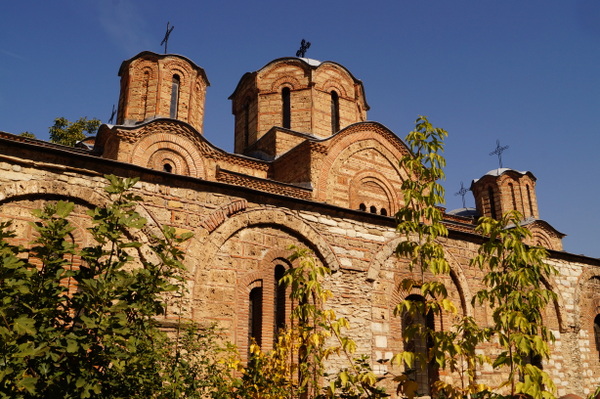
Kosovo was a country of war. That’s what I thought awaited me after I got an ever-so-faint entry stamp in my passport. It was the only thing I knew about one of the world’s youngest countries. I was 15 when NATO forces became involved in the Serbia/Kosovo conflict. I was old enough to follow the news and Kosovo was on the front page when my home state of Tasmania temporarily welcomed Albanian refugees in 1999. Kosovo was just a county where things were so bad people had to leave and come to my little island on the other side of the world.
Kosovo declared independence in 2008 and I expected its newness and recent tumultuous history to be noticeable.
So I was surprised when, on my first night in Kosovo’s capital, I felt like I could have been anywhere in the world. It’s hard not to have expectations of places – especially when they aren’t visited by a lot of tourists. As I travelled through the country I was constantly surprised, educated and delighted.
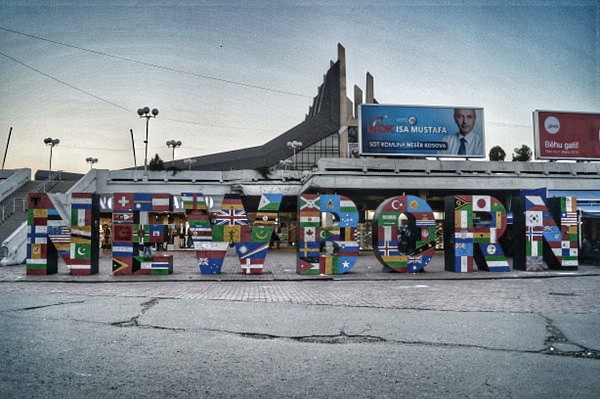
It’s OK to ask about the war
Some travel guides warned against discussing politics and at first I was unsure how to bring up the topic. Was it a sensitive subject? Were people tired of foreigners asking about it? Would I unknowingly hit a nerve? In Serbia, I found people were mostly curious why I’d want to go to Kosovo. They struggled to see what could possibly interest me there. In Kosovo, people were glad of my interest.
People my age lost their childhood to the conflict and some were forced to leave with their families. Those not much older than me shared stories from their time in the army. I spoke to Albanians, Serbs, UN officials and NGO workers and no one ever seemed offended that I’d asked.
I enjoyed and probably learnt a lot more by hearing things straight from people who had, and are still, experiencing this.
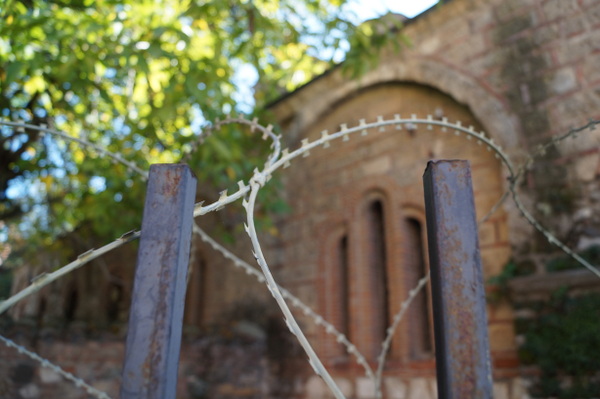
There is A LOT of history in Kosovo
The Balkan region is a melting pot of culture and history. Borders, countries, rulers – they’ve all changed in a relatively short period of time. When my CouchSurfing host in Mitrovica told me his family was Hungarian, he was referring to an area that is now part of Serbia. At different times, Prizren has been the capital of both Albania and Serbia.
A consequence of all this turmoil is that there is an abundance of things to see. The architecture tells a lot of stories: In Peja you can walk by Ottoman-era buildings such as the Bajrakli Mosque and Haxhi Beu Hamam and visit the Serbo-Byzantine-styled Patriarchate of Peć. The Prizren Fortress alone shows the influence of the Byzantines, Serbian and Ottoman empires. There would be more to see but sadly a lot was ruined during days of Yugoslavia and again during the Serbia-Kosovo conflict.
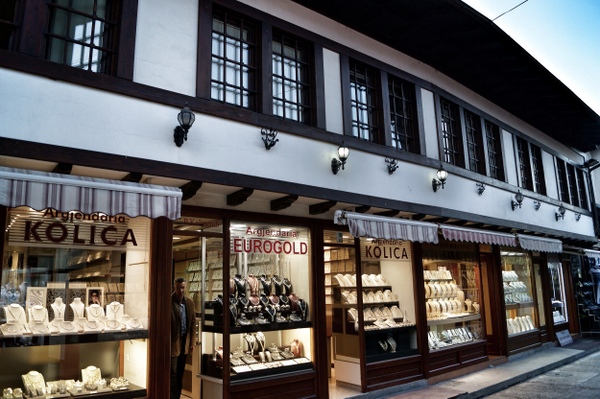
The larger cities don’t tell the whole story
As a tourist, it’s easy to remain insulated from Kosovo’s past, and equally, its present. Depending on where you travel and who you speak to, you could experience Kosovo as nothing more than a small country filled with nice people and cheap food. There’s nothing wrong with that. You’ll have a nice time. But it’s not the whole story.
For the most past, the acknowledgements of Kosovo’s volatile history are subtle, especially in the south.
It was dark when I stepped off the bus from Skopje in Priština and met my CouchSurfing host. We walked through the city, past the statue of Bill Clinton and the clothes shop next door named “Hillary” probably just to amuse visitors like me. We strolled down Bill Clinton Boulevard and past boutique shops and cafe patios starting to fill with evening crowds. Over drinks I chatted to photographers and artists in the country for a documentary project. On the way home we grabbed some late-night burek for €1.
The city looks and feels like any other city.
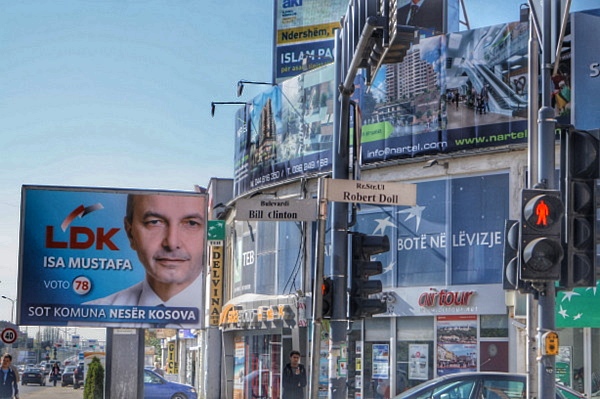
The next morning I caught the bus to Germia Park on the outskirts of the city, where the bus stopped outside huge new homes with gates, pillars and massive windows. I walked through the park while people jogged around me, played with their kids, walked their dogs. From above the city looked just as normal. The view from the bell tower of the Mother Teresa Cathedral at sunset revealed a typical urban sprawl, the roads lit with peak-hour traffic.
The flag-covered Newborn monument is an Instagram-worthy reminder of Kosovo’s independence, but even that has become part of the landscape, along with the UN trucks occasionally spotted on the streets. The graffiti-riddled sign is a convenient meeting point for locals and I had to wait for several teenagers leaning against the letters and engrossed in their phone to move before I took my photo.
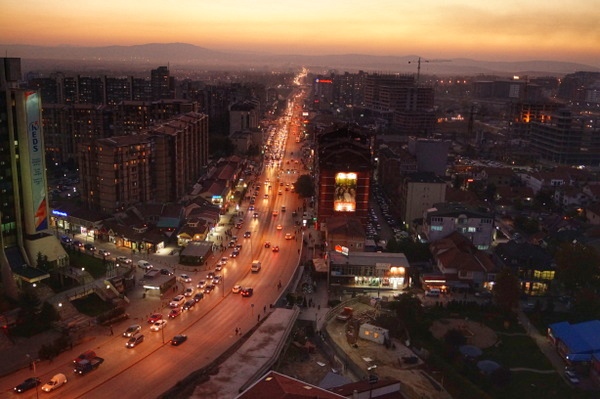
But travelling in the north is a different experience.
I travelled to Mitrovica in a bouncy mini bus similar to the furgons in Albania. Some people won’t feel comfortable visiting Mitrovica, but it’s unlike any other city I visited in Kosovo and a reminder that while the war may be over, the argument isn’t.
Of the 193 countries that are members of the United Nations, 85 do not recognise Kosovo as an independent country. Serbia, of course, is one of them. While all of Mitrovica sits within the borders of Kosovo, the north of the city is largely populated by Serbs and regarded as Serbian territory by those who live there. The cultural and practical differences such as language, customs and currency that come with crossing the bridge between the north and south parts of the city is not unlike crossing an international border. But there’s no border crossing in Mitrovica.
Kosovo is a relatively modest country. In Priština I walked to the Skanderbeg statue through the city centre wearing shorts. It was a hot morning, yet I was the only person with bare legs. I don’t think it was a cultural faux pas but I stood out more than I was comfortable with. In Mitrovica I found the fashion even more conservative. The Albanians are reserved and traditional people and that aspect of the culture is amplified here.
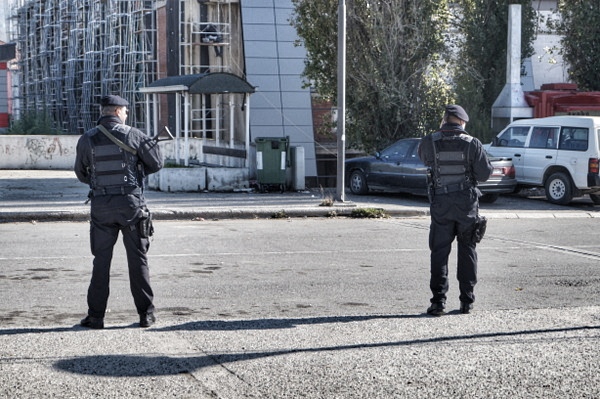
As I said in this post last year, people who visit Mitrovica will have a very different understanding of Kosovo to those who don’t. The tension here isn’t representative of what the rest of Kosovo is like, just as the tourist-friendly Priština and Prizren don’t show the whole story either. Whether or not you decide to visit Mitrovica will most likely come down to why you visited Kosovo in the first place. If the history and Serbian-Kosovo conflict interests you, then this city is a must-see.
It’s an easy place to travel
Other than locking in a CouchSurfing host for my first night in Priština and a flight to Istanbul at the end of the week, I didn’t have anything organised for my time in Kosovo. Admittedly, travelling on the fly demands a fairly care-free and flexible approach, but the cost of travel here and friendly nature of the people make it easy. Buses between the cities were rarely more than €3, ran regularly and were easy enough to find. I didn’t have any difficulty with the language barrier – everyone either spoke English or was extremely patient while I pointed at pictures in menus.
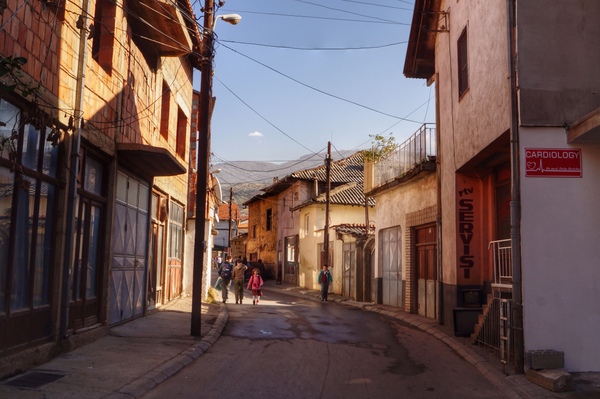
I turned up in both Peja and Prizren without accommodation booked and had no trouble finding a place to stay – I strolled the streets looking for hotels or asked for suggestions. Wifi is common in most cafes and there are also a few old school internet cafes scattered around if you need a computer or to print something.
I was travelling alone most of the time. I buddied up with fellow travellers from time to time, although to be honest that actually made me feel less safe because sometimes they weren’t the smartest or most cautious people. One American I visited Mitrovica with seemed to go out of his way to look as different as possible, therefore drawing unnecessary attention to himself. He got stopped a couple of times by guards and asked for his passport, whereas I never had any trouble.
As usual, it’s important to trust and respect your own boundaries and comfort zone.
Kosovo is changing
If I visited Kosovo in even just two years time, I think I’d experience a very different country to what I did this time around. The mix of buildings – old, new and those affected by the war – creates an interesting landscape. I found this most fascinating in Peja. The traditional buildings and streets remain and the newer buildings have slotted in where they fit. It’s a strange sight. The city centre is nicely designed with wide streets, outdoor seating for the cafes, parks, gardens and neon-lit bridges over the river. But the old town is just around the corner and its narrow roads are filled with tractors, carts and disorganised market stalls. Looking back over my photos I had to double check they were taken in the same city.
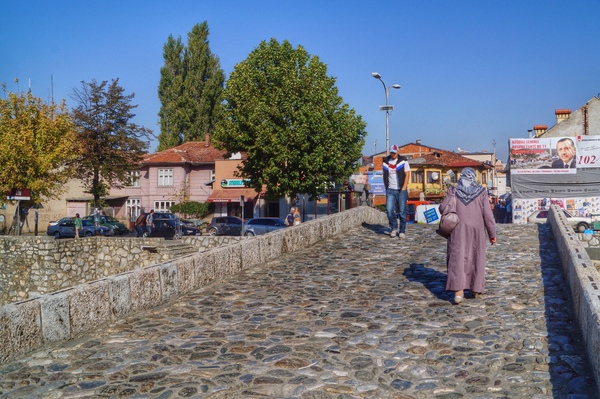
The larger cities such as Priština and Prizren have already modernised in many ways and there’s a reason both are becoming new go-to destinations for budget backpackers. The hostels are cheap and clean and the nightflife is earning a reputation. At dinner time in Mitrovica and Peja I was taking my pick between places to order grilled meat. In Prizren the hostel owner directed me to a restaurant that had a huge water feature in the centre.
The other cities will no doubt follow suit. Kosovo is still very reliant on foreign aid and at some point, this will be reduced. Tourism presents a good opportunity for the country to make some money, and while this is already being embraced in some cities, it’s only going to get bigger and better.
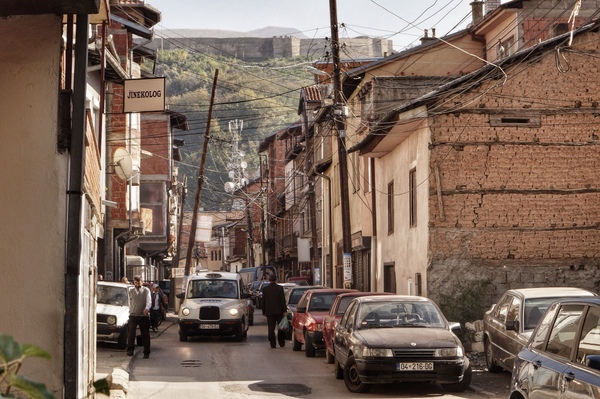
Entering Kosovo can be tricky
The territorial dispute between Serbia and Kosovo makes entering and exiting Kosovo complicated – but only if you’re also travelling in Serbia. Here’s how to get around it so you can enjoy BOTH countries without a hiccup:
* There is no international border crossing between Serbia and Kosovo. Instead there is an “internal boundary”. If you enter AND exit Kosovo from Serbia, you will be fine. You will not cross and international border and there will be no stamps in your passport. However, some government travel warnings advice against travelling in the north of Kosovo due to ongoing tension.
* If you enter Kosovo from a neighbouring country (Macedonia, Albania or Montenegro) DO NOT exit via Serba. Serbian authorities are instructed to deny entry to travellers who have Kosovo entry stamps, but no exit stamps. It sounds harsh but the theory is simply: Serbia does not recognise Kosovo’s borders with those countries, therefore it doesn’t recognise those border control points. Since there is no international border between Kosovo and Serbia, the Serbs deem you’re trying to enter Serbia illegally since you’re not crossing a Serbian border control point.
*If you enter AND exit Kosovo from Macedonia, Albania or Montenegro, you should be fine to later visit Serbia. However, the authorities at the Serbian border may cross out your Kosovo travel stamps as they will view them as illegal. If you want to keep your Kosovo stamps intact, don’t return to Serbia after visiting Kosovo.
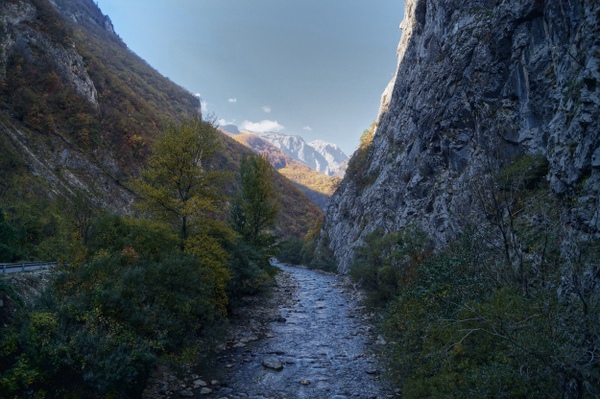

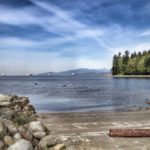
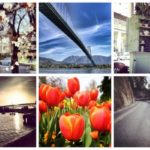
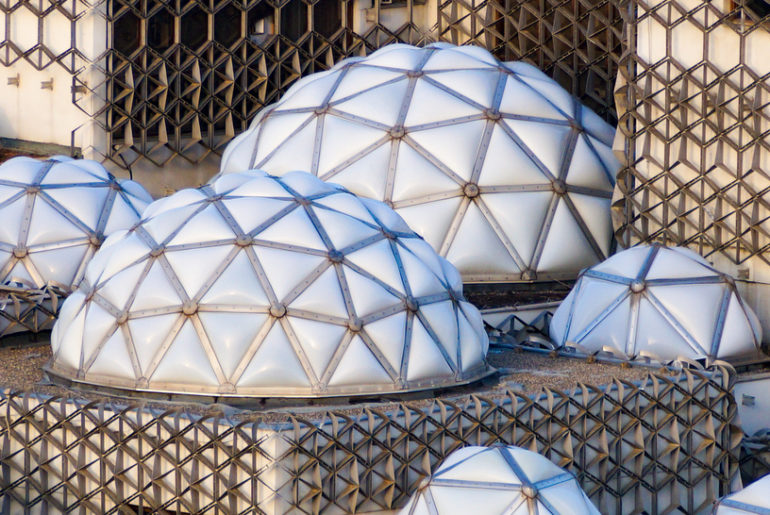

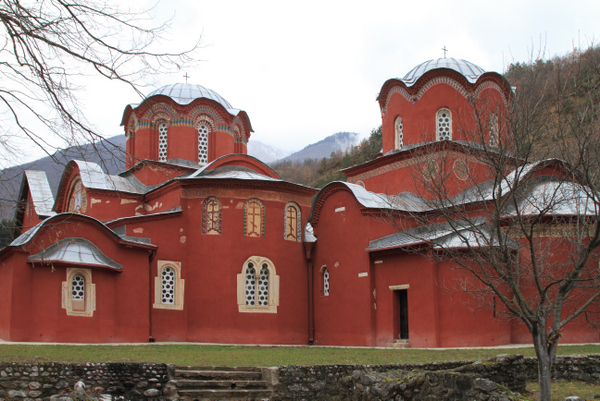
3 Comments
The former Yugoslavian countries fascinate me. I’d really love to spend a bunch of time traveling through them all. I didn’t realize the number of countries that don’t recognize Kosovo is so high, and the entry/exit stuff is definitely complicated.
Most of the countries that don’t recognise Kosovo have their own territorial disputes going on. For example, Spain and the Basque county, China/Taiwan, Argentina/Falkland Islands etc. And getting in and out isn’t a problem as long as you know your intentions going in. I knew I’d be going to Turkey after the Balkans so I just made sure Kosovo was my last stop. But they were such fascinating countries to travel in, and so different to each other as well.
From my point of view, Kosovo is nothing but hateful, criminogenic crap hole. I recently made a short trip there, and I could not believe the level of corruption, from local shop owners to border police officers. Do not event think about driving into this failed country with out-of-state tags. You will get pulled over by police asking for bribe without hesitation. On the way out, when I persented my US pasport to the border customs officers, they saw an opportunity and tried to fine me for a non-existing traffic violation! When I objected and refused to pay, they began bargaining and eventually asked me to buy them a coffee. I gave them ten bucks just to get my passport back, and dissapeared as quickly as I could. The whole experience was very stressful. Trust me, you will spare yourself a lot of trouble if you skip Kosovo and visit some other nearby country instead.
Bob